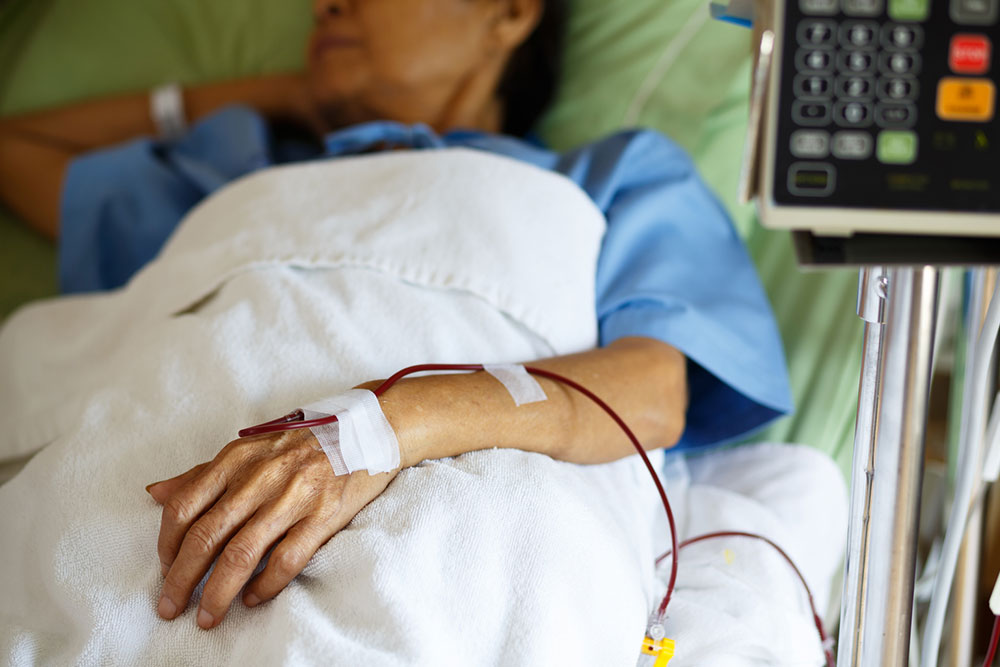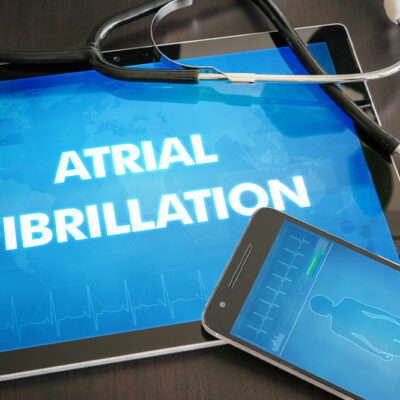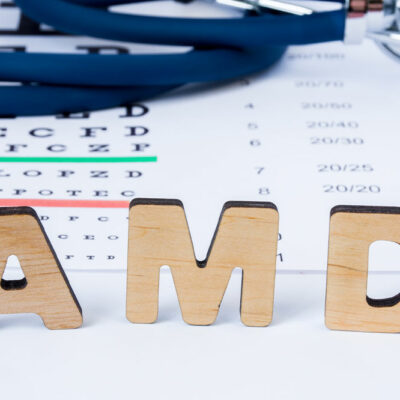Acute lymphoblastic leukemia – Early signs, causes, and management

Acute Lymphoblastic Leukemia (ALL) is a serious disease affecting children and adults. It can be difficult to detect because it starts slowly but progresses quickly. One of the early signs is bone pain, which is often misunderstood or ignored. However, bone pain is a key symptom and can help detect it. Understanding the diagnostic process, knowing the various causes and risk factors, recognizing early indicators, and comprehending treatment options is essential for combating this condition.
Early signs of ALL
Bone pain
Bone pain, especially in the long bones of the arms and legs, is a primary indicator of ALL. In children, it may be mistaken for growing pains, while adults might attribute it to aging or musculoskeletal issues.
Fatigue and weakness
Anemia, resulting from a reduced number of healthy red blood cells, leads to fatigue, weakness, and pallor in ALL patients.
Frequent infections
A compromised immune system in ALL patients can result in recurrent infections, presenting as frequent illnesses.
Bruising and bleeding
Reduced platelet counts, responsible for blood clotting, can lead to excessive bruising and bleeding. This may manifest as frequent nosebleeds, easy bruising, or prolonged bleeding from minor injuries.
Causes of ALL
Genetic mutations
Genetic alterations play a significant role in the development of ALL. These mutations are sometimes inherited and, in some cases, occur spontaneously. Certain genetic abnormalities disrupt the normal development and function of white blood cells, leading to leukemia.
Environmental exposures
Prolonged exposure to high radiation levels, such as nuclear accidents or medical treatments, can increase the risk of developing ALL. Additionally, exposure to certain chemicals like benzene, which is found in some industrial processes, has been linked to the development of leukemia.
Viral infections
While rare, certain viral infections have been associated with an increased risk of ALL. The exact mechanisms by which these viruses contribute to leukemia development are still under study.
Risk factors for ALL
Age
ALL is most commonly diagnosed in children, particularly between the ages of 2 and 5. But, it can also occur in adults in some cases. The risk decreases with age, but ALL can still occur in individuals of any age.
Family history
Individuals with a family history of leukemia, particularly ALL, may have a slightly higher risk of developing the disease. Certain genetic mutations that predispose individuals to leukemia can be inherited.
Prior cancer treatment
Previous exposure to radiation or chemotherapy for other types of cancer may increase the risk of developing ALL. This is more common in individuals who received these treatments at a young age.
Down syndrome
Children with Down syndrome have a higher risk of developing acute lymphoblastic leukemia (ALL) than the general population. While the reasons for this are not fully understood, ongoing research sheds light on potential causes.
ALL diagnosis
Blood tests
Blood tests play a critical role in ALL diagnosis. Abnormalities in blood cell counts, including elevated white blood cell counts and reduced red blood cell counts, can signal the presence of leukemia.
Bone marrow aspiration and biopsy
These procedures involve extracting samples of bone marrow from the hip bone or sternum. Examination under a microscope allows for confirmation of the diagnosis and determination of the specific subtype of ALL.
Imaging studies
X-rays, CT scans, or MRIs may be used to identify any abnormalities in the bones or organs. This helps in assessing the extent of the disease and its potential spread.
Lumbar puncture
This involves the removal of a sample of cerebrospinal fluid from the spinal column. It helps in detecting the presence of leukemia cells in the central nervous system.
Treatment options for ALL
Chemotherapy
Chemotherapy is the cornerstone of ALL treatment, involving eradicating cancer cells intravenously. The specific regimen is tailored to the subtype and stage of ALL.
Radiation therapy
In this, high-energy beams are used to target and kill cancer cells. Radiation therapy is often combined with chemotherapy, particularly in cases where ALL has spread to the central nervous system.
Stem cell transplant
In cases of high-risk or relapsed ALL, a stem cell transplant may be considered. This involves replacing damaged or diseased bone marrow with healthy stem cells from a compatible donor.
Targeted therapy
This involves focusing on specific molecules involved in cancer growth, minimizing harm to healthy cells. This method is increasingly used in ALL treatments, especially in cases with specific genetic mutations.
Immunotherapy
Immunotherapy harnesses the body’s immune system to identify and destroy cancer cells. Though relatively new, it shows promising results in certain types of ALL.
Child vs. Adult ALL
Symptoms in children
Children with ALL may exhibit symptoms like unexplained irritability, enlarged lymph nodes, and a swollen abdomen. Joint pain, often attributed to regular childhood activities, might also be present.
Treatment for children
Pediatric ALL treatment protocols are specialized to minimize long-term side effects. This typically involves a combination of chemotherapy phases, followed by maintenance therapy to prevent relapse.
Symptoms in adults
ALL in adults can present with symptoms similar to those in children, including bone pain, fatigue, and frequent infections. However, adults may also experience more generalized symptoms such as fever and night sweats.
Treatment for adults
Adult ALL treatment plans may be more aggressive due to the typically more aggressive nature of the disease in this age group. While chemotherapy remains a cornerstone, stem cell transplants are more frequently considered in adult cases.
Lifestyle changes
In order to manage ALL, one can adopt a few important lifestyle changes. This can be done by prioritizing balanced nutrition, including fruits and vegetables. Also, it is crucial to stay well-hydrated. In addition, one needs to engage in regular, low-intensity exercises and ensure ample rest. Furthermore, one must adhere to prescribed remedies and follow medical appointments consistently for better health management.
A comprehensive understanding of the diagnostic process, early indicators, and treatment options is paramount in the battle against Acute Lymphoblastic Leukemia. By recognizing these crucial elements, healthcare professionals can facilitate timely intervention and implement tailored treatment strategies for individuals with ALL, ensuring the best possible outcomes for children and adults.








